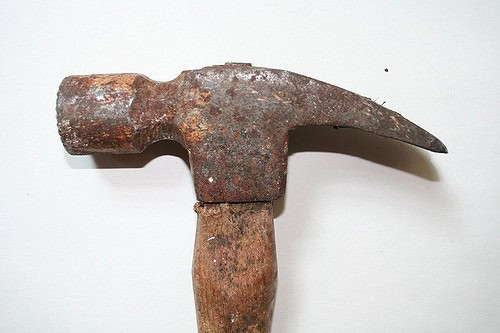I often see this kind of thing in woodwind pedagogical books, workshop handouts, and lecture notes:
Common clarinet problems
- embouchure too loose
- chin not flat
- fingers not curved enough
This bothers me because it’s really not clear that these are “problems.” Would you have a student tighten a “too loose” embouchure if they sound great and play with ease and control? Would you insist on a flatter chin or more curved fingers if there weren’t some persuasive reason to do so?
Real problems in woodwind playing generally have some audible result: notes that don’t respond well, or are out of tune, or have an uncharacteristic tone, or come too late because the fingers didn’t arrive in time. Alterations to embouchure, hand position, and so forth are solutions to specific issues, not commandments to be preached and enforced indiscriminately. Your doctor doesn’t give out a standard grab bag of medications to every patient—he or she (hopefully) finds out what your symptoms are and prescribes something appropriate (or tells you you don’t need any pills at all).
Diagnose problems mostly with your ears, not with a checklist of questionable dicta, and not with a picture from a textbook of what good playing should look like. Then offer solutions that fit the problems.


Leave a Reply